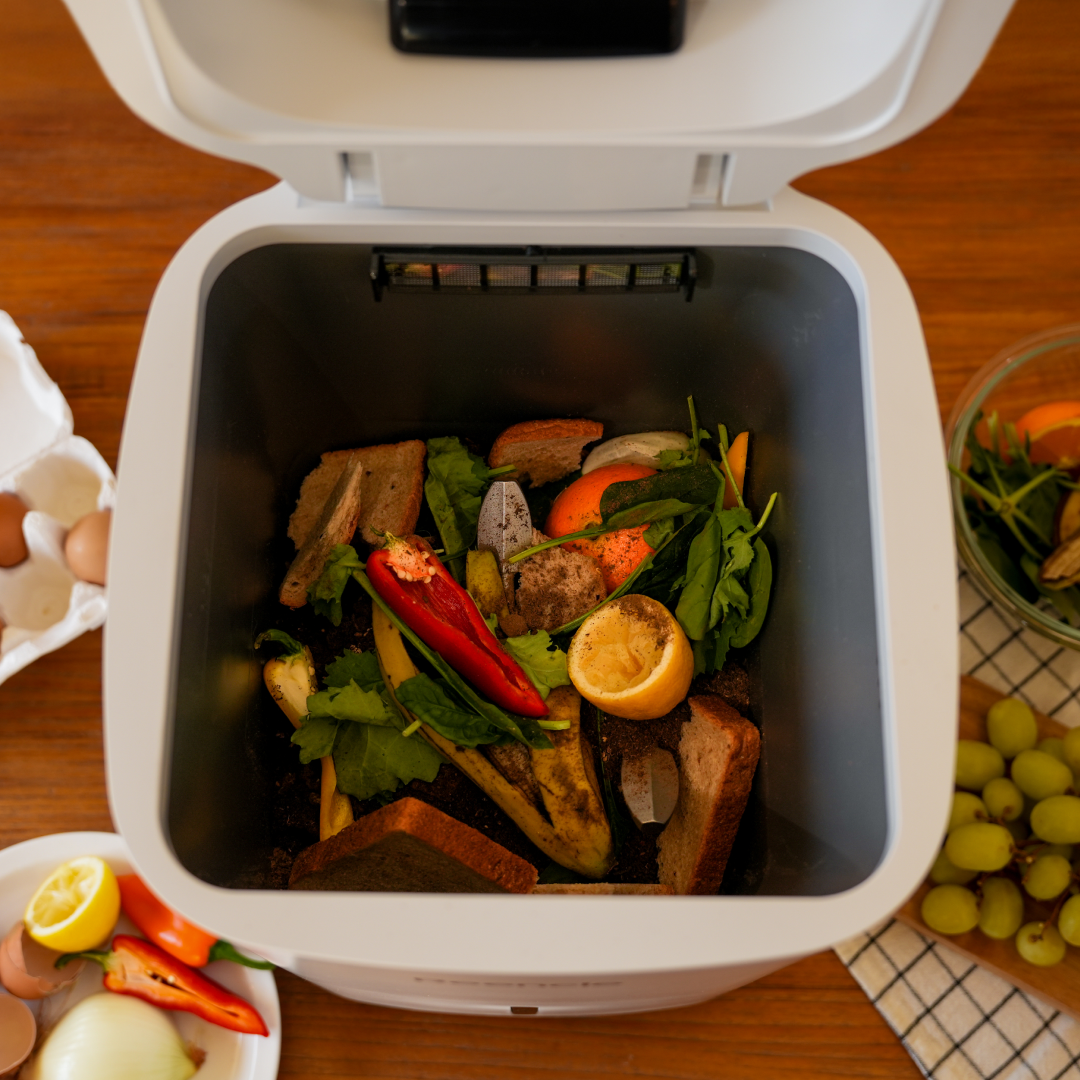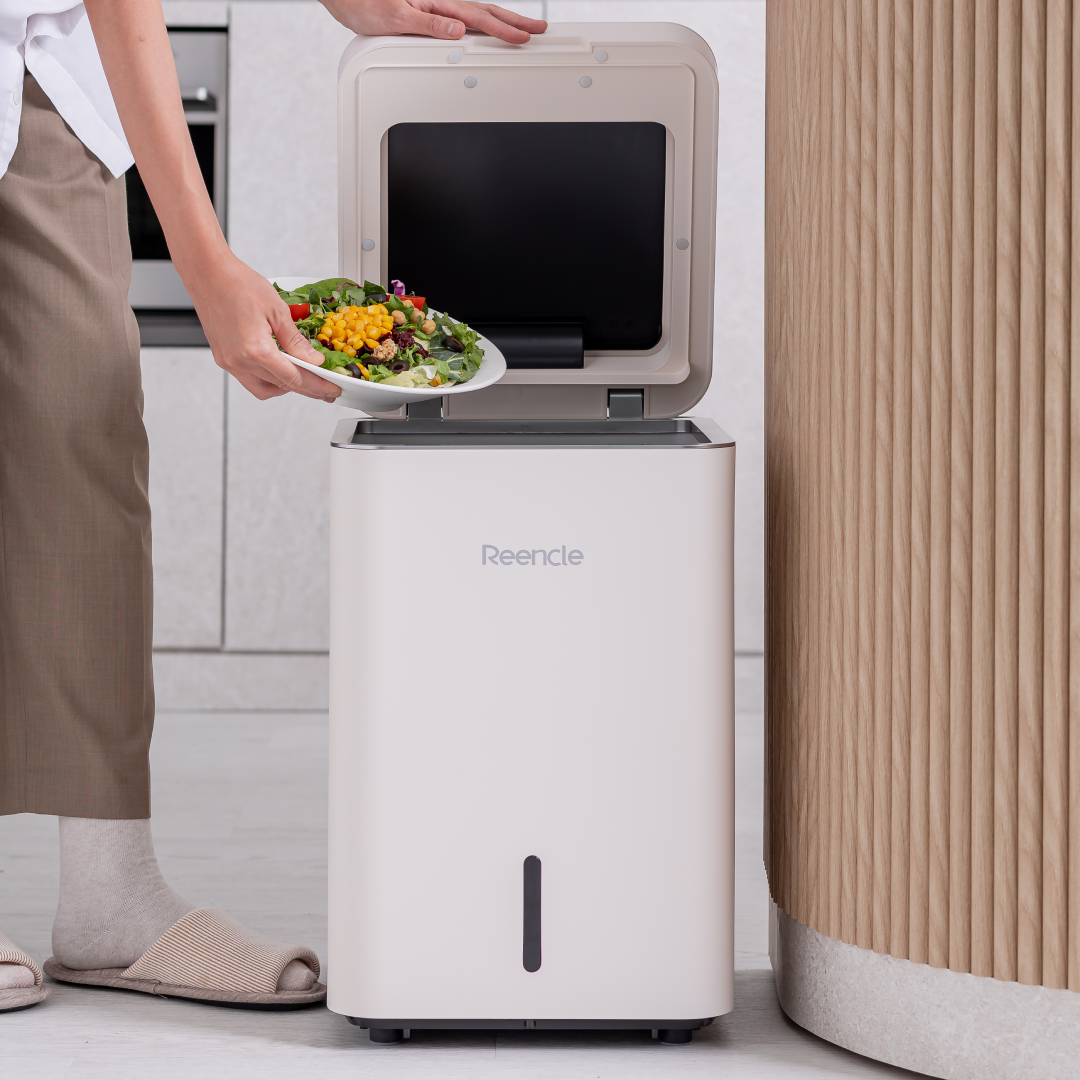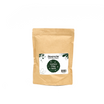Jar Test - How's Your Soil Condition?

Soil texture stands out as a crucial soil property that significantly influences essential soil functions such as water retention, drainage, and nutrient storage.A practical method for assessing soil texture is the Jar Test, a straightforward experiment providing insights into the relative proportions of sand, silt, and clay in the soil.

Why does our partnership matters
For every purchase, we plant 1 TREE to nurture our planet 🌲Together, we are sowing the seeds of change and cultivating a greener, more sustainable world.
Anything else?
Anything else?You willl also receive an official certificate from Greenspark as a token of appreciation for your commitment to the environment! 📜
How do we see the progress?
How do we see the progress?Join us on this remarkable journey towards an impact dashboard.You can see how your eco-smart choice made the world a better place
 View more
View more
Your support empowers reforestation, fights climate change,
and paves the way for a brighter, eco-friendly future.
Join us on this remarkable journey towards a cleaner,healthier planet.
Shop with a purpose, shop with Reencle! 🛒💚
1. Importance of Soil

Where does the soil you use to grow plants come from? Soil is formed through the weathering of rocks by factors such as rain, wind, temperature, and living organisms.
As time passes, microorganisms and organisms living in the soil decompose the organic matter, transforming it into fertile soil. Soil is not only important for humans but also serves as a crucial habitat for many other living beings. Most plants, in fact almost all of them, root and grow in the soil. Without soil, plants simply cannot thrive.
Fortunately, many people have now become interested in gardening, leading to increased awareness of the value of soil. Efforts are being made to handle soil with care. One of the best ways is consistently providing compost to the soil, and many people are making compost through various methods to enhance soil quality.
2. How do we measure the quality of Soil
1. Scoop up some soil from your garden. Sift it and get rid of any larger debris, rocks, and organic materials like leaves, sticks, and roots
2. Take a glass jar and fill about half of it with the soil you want to test.
Add a drop of dishwashing liquid and water to the jar, leaving about a 3cm gap at the top (leaving around 10% of space).
3. Seal the jar with the lid and shake it for 2-3 minutes.
Let the mixture settle for 24 hours, and resist the urge to touch the jar during this time.
4.After 24 hours, you'll notice the soil has separated into three distinct layers.
The bottom layer is sand with the largest particles, the middle layer is silt, and the top layer is clay.
5. If you can clearly see three layers after 24 hours, refer to the graphic provided by the USDA’s Natural Resources Conservation Service.
If you are seeing Loam, you are doing Great!
If your soil not a Loam textural, it needs improvement.
Don't worry! we can enhance it by adding more compost.

3. Conclusion - Try Reencle! Try Composting!

The structure of the soil plays a crucial role in supporting plant growth. A subpar soil structure can negatively impact a plant's access to water and air, the availability of nutrients in the soil, and the activity of microbial life (which aids in breaking down organic matter and improving or preventing deterioration of soil structure).
Many issues in home vegetable gardens arise not from pests, diseases, or nutrient deficiencies, but from unfavorable soil physical conditions. The simplest way to enhance soil quality is by adding high-quality compost. Compost significantly boosts the biodiversity in the soil, introducing beneficial microbes. Over time, compost enhances the structure of all soil types. It improves sandy soil by increasing its water- and nutrient-holding capacity, and it opens up clayey soil by creating air pockets that enhance drainage.
If your soil lacks nutrients, compost introduces microbiology that helps extract minerals from the sand, silt, or clay in your soil, enabling the healthy growth of crops. Vigorous and productive edible gardens demand nutrients, and compost provides plants with a living, slow-release source of nutrients. Why don’t we add compost to our valuable soil? Next blog will share the easiest way of making compost.











